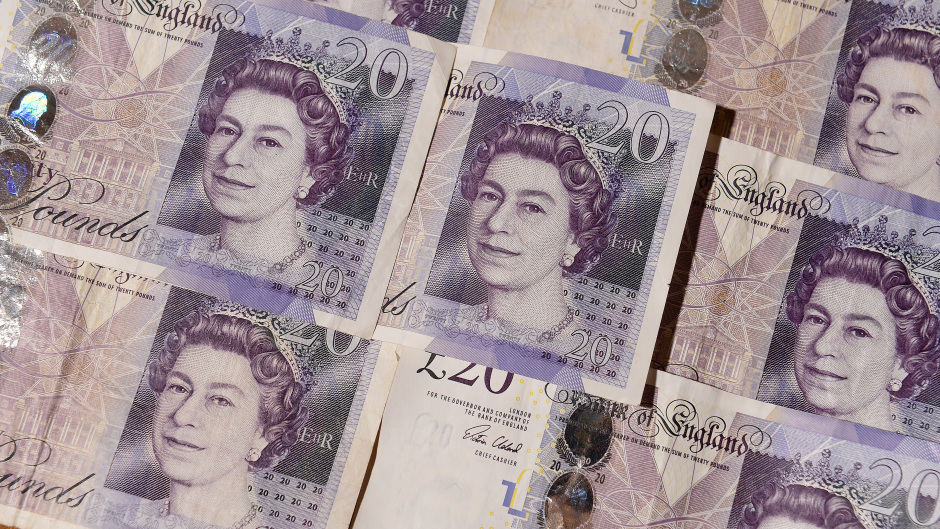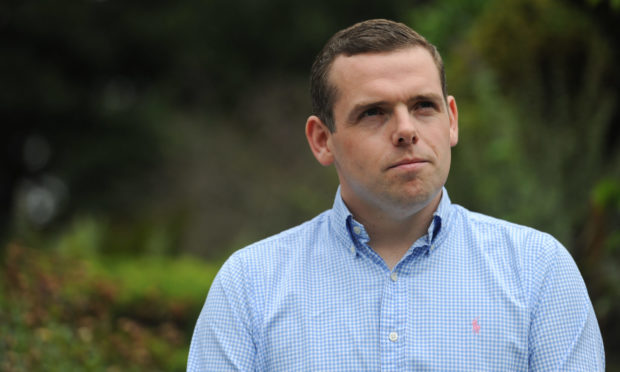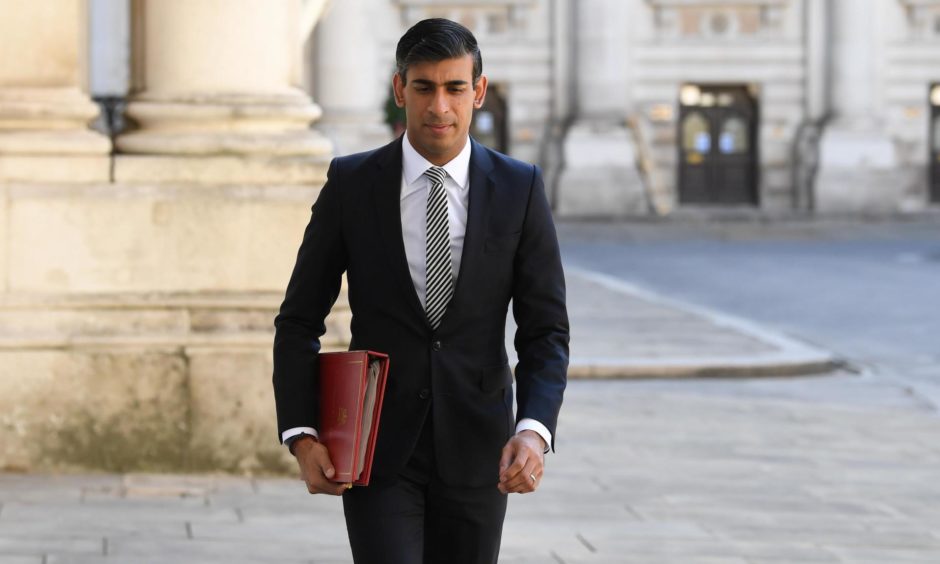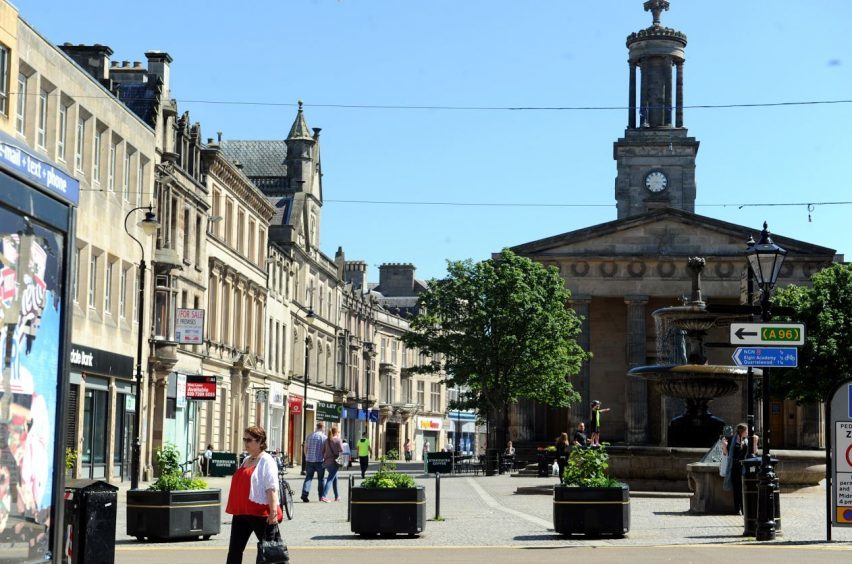Scottish Conservative leader Douglas Ross has urged the Scottish Government to adopt his emergency proposals to turn around Scotland’s ailing economy, accusing the SNP of “letting down” businesses.
Mr Ross launched a jobs plan to stimulate economic recovery following the devastation of the coronavirus pandemic, including plans for community buy outs of struggling pubs, infrastructure investment and job security councils to help those facing redundancy.
At the Norbord manufacturing plant in Inverness, the Moray MP suggested Nicola Sturgeon could learn from his proposals when she launches her Programme for Government in a few hours’ time.
Mr Ross’s 35-page document, Power Up Scotland, did not put any costings on the proposals and the Tory leader refused to be drawn on his party’s tax plans other than to say he disagreed with the SNP’s approach of making Scotland the highest-taxed part of the UK.
Key to his approach will be to cut down on wasting public money and spending it “more wisely”, pointing to the cash squandered on failed IT systems and problems with hospital construction that have plagued the Scottish Government.
For too long the economic recovery from a global pandemic and the economy and jobs in general have been too far down the list of priorities for the SNP and the Scottish Government.”
Douglas Ross, Scottish Conservative leader
The plan listed emergency measures to be implemented over the next year, which Mr Ross claimed Ms Sturgeon could adopt in the short term.
“If we can take these measures forward very quickly, I’m not precious. If Nicola Sturgeon and the SNP want to take on board any – or all – of these measures,” Mr Ross said.
“I think that’s a good thing for Scotland. For too long the economic recovery from a global pandemic and the economy and jobs in general have been too far down the list of priorities for the SNP and the Scottish Government.”
Mr Ross refused to be drawn on the possibility of UK Government-imposed tax rises to fund coronavirus spending, saying he would “not enter hypotheticals” about what Chancellor of the Exchequer Rishi Sunak intended to announce.
Ewan MacDonald-Russell, head of policy at the Scottish Retail Consortium, described the jobs plans as a paper that deserved “detailed consideration”. While Andrew McRae, of the Federation of Small Businesses in Scotland, said: “This new publication talks to many of the chronic problems that Scottish smaller firms face.”
But the SNP depute leader Keith Brown attacked the plans, saying they were “utterly hollow”.
“This is typical of the Tories, who are more interested in soundbites than coherent policy proposals, and constantly put the survival of their own party over the survival of Scotland’s economy, jobs and livelihoods,” Mr Brown said.
Some of the Conservative proposals
Job Security Councils
To help laid-off workers transition and find skilled work, based on Sweden’s retraining programmes. Would focus on industries like oil and gas and work in concert with existing job centres.
Town centre rescue plan
To help small local shops adapt and free up planning restrictions.
Rail and road projects
The document proposes “massive acceleration” of infrastructure to be overseen by a new Scottish body and a joint vehicle for the UK and Scottish governments investing together. Press ahead with major new projects including faster rail connections between the central belt and Aberdeen and Inverness and a three-lane M8 linking Edinburgh and Glasgow.
Scotland First procurement strategy
As Brexit looms, a “Scotland First” strategy would encourage government procurement to favour local businesses.
Education guarantee
A new Scottish education guarantee to age 18, increasing diversity in vocational education provision, a huge expansion of adult learning, and a review of the Apprenticeship Levy.
Right to buy pubs

If key employers in fragile areas face bankruptcy – for example, local pubs – give first refusal to community and management buy outs.
Reform Scottish Enterprise
Scotland’s main enterprise network should be aligned with City and Regional Deal areas, to better reflect Scotland’s distinct regional challenges.
Scottish Enterprise reformed on regional lines and new Rural Growth deals to spread high-quality jobs and business growth across the country.
Yellow/red card system for late payments
A card (warning) system should be introduced that would result in companies that fail to pay their supply chains (SMEs) on time being temporarily blacklisted from bidding for public contracts, with the time being increased based on repeat instances.
Research and development targets
New R and D targets with better incentives for spin-out companies from universities and new innovation funding.
Hardship fund for businesses facing localised lockdown

A government fund for firms facing localised lockdowns, replicating the cash support they receive from furlough.
Urgent reassessment of business rates
Shift to online retail has increased the gap between firms with premises and those that operate entirely through the internet. The current regime discourages firms from investing in their properties therefore urgent reform is required.


